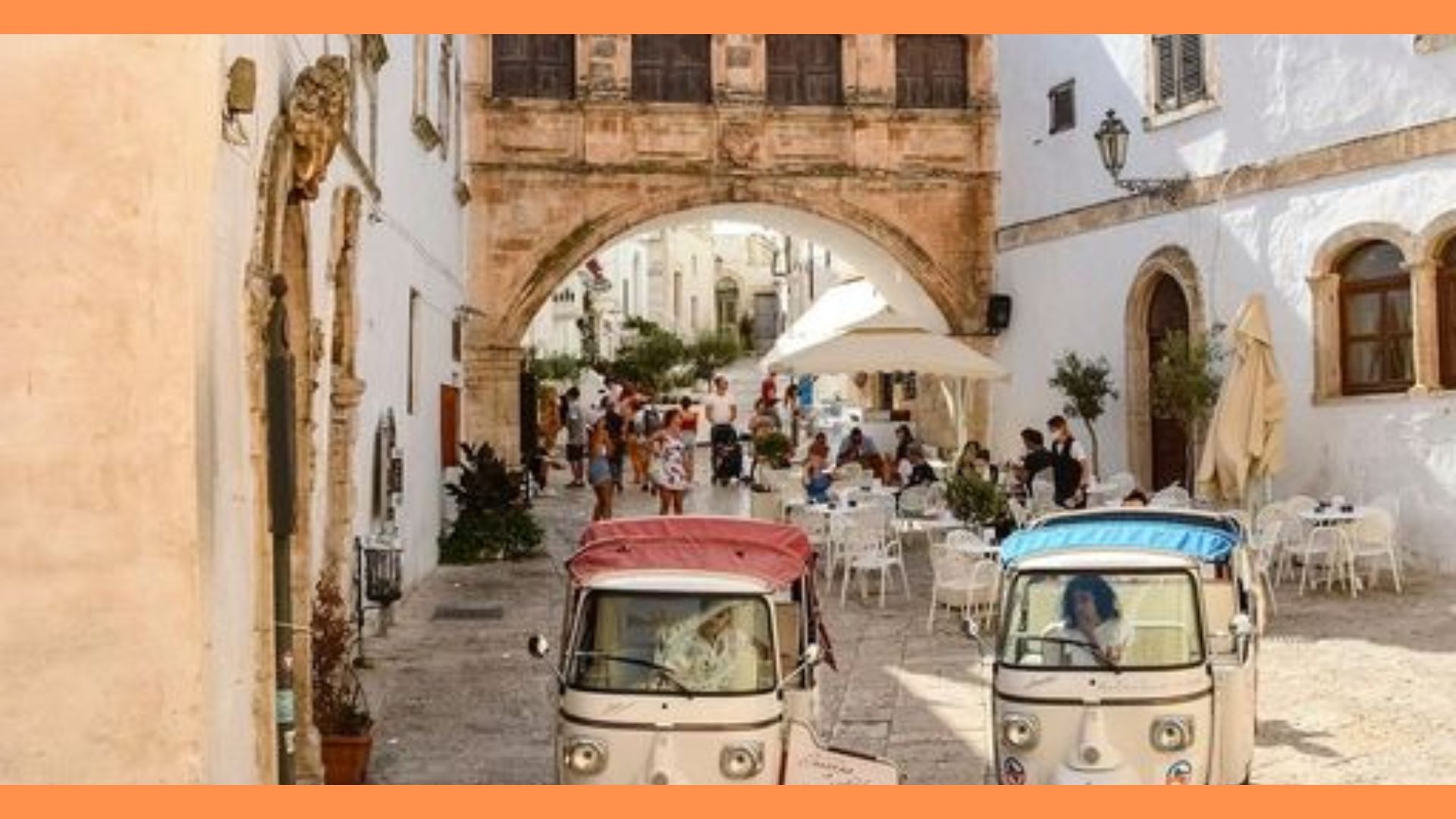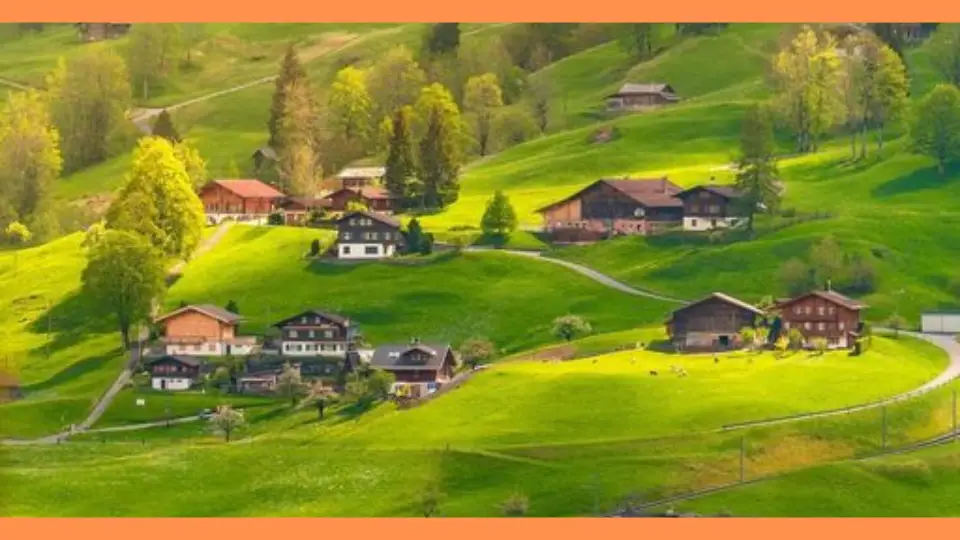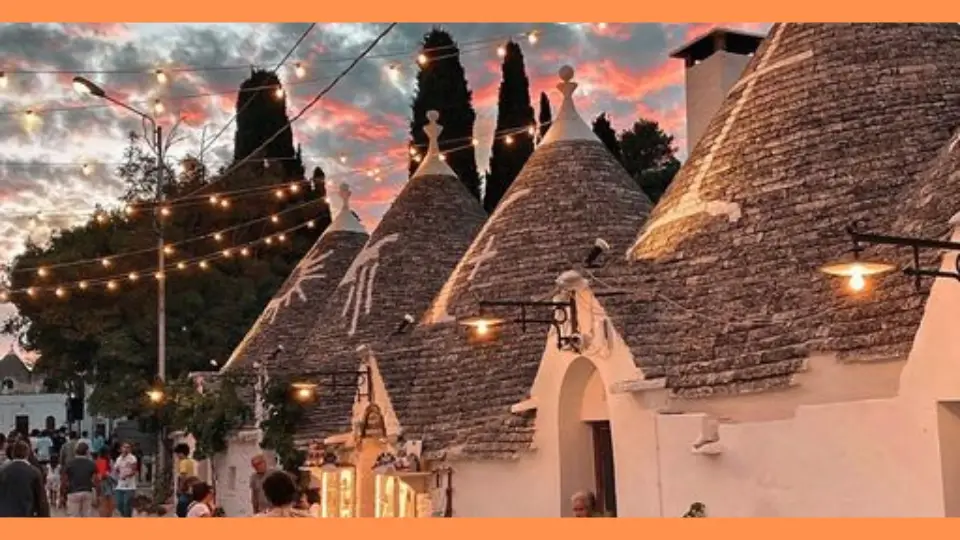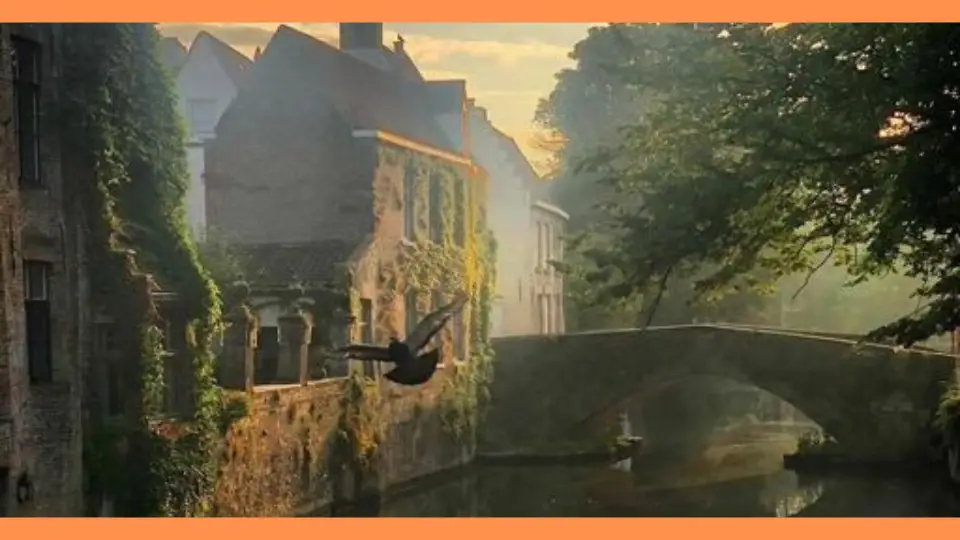Lisbon’s unique blend of history, culture, and cuisine makes it a must-visit destination for travelers from around the world. Whether you’re strolling through the historic streets of Alfama, savoring delicious pastries in Belém, or taking in panoramic views from the city’s many miradouros, Lisbon is sure to capture your heart and leave you with memories to last a lifetime.
1. Introduction
Lisbon, Portugal’s coastal capital, is a city of timeless charm, where ancient history meets modern innovation. Perched on the edge of the Atlantic Ocean, Lisbon boasts a rich tapestry of culture, architecture, and cuisine that attracts travelers from around the globe. From its historic neighborhoods and iconic landmarks to its delicious food and vibrant atmosphere, Lisbon offers a captivating experience for visitors of all interests.
1.1. Brief Overview of Lisbon
Lisbon, the capital city of Portugal, is a vibrant and historic metropolis that offers visitors a unique blend of old-world charm and modernity. Situated on the banks of the Tagus River, Lisbon is one of the oldest cities in Europe, with a history dating back over 2,000 years. Its winding cobblestone streets, colorful tiled buildings, and ancient landmarks tell the story of a city that has played a significant role in shaping the history and culture of Europe.
1.2. Why Lisbon is Worth Visiting
Lisbon is a city that has something to offer every type of traveler. From its stunning architecture and historic sites to its vibrant culture and delicious cuisine, there’s no shortage of things to see and do in this captivating city. Whether you’re exploring the narrow streets of the Alfama district, taking in the panoramic views from São Jorge Castle, or enjoying a leisurely stroll along the waterfront, Lisbon is sure to leave you enchanted with its beauty and charm.
2. Tourist Destinations
Lisbon’s enchanting neighborhoods and historic landmarks make it a dream destination for travelers seeking to immerse themselves in the city’s rich history and culture. From the historic district of Belém to the charming streets of Alfama, there’s no shortage of incredible sights to explore.
2.1. Belém District
The Belém district, located to the west of Lisbon’s city center, is a historic area that is home to some of the city’s most iconic landmarks and attractions.
2.1.1. Belém Tower
Belém Tower, also known as the Tower of St. Vincent, is one of Lisbon’s most iconic landmarks and a UNESCO World Heritage Site. Built in the early 16th century, the tower served as a fortress to defend the city and as a ceremonial gateway to Lisbon. Its distinctive Manueline architecture, intricate stonework, and breathtaking views of the Tagus River make it a must-visit destination for visitors to Lisbon.
Belém Tower was constructed during the height of the Portuguese Renaissance and is a testament to the country’s rich maritime history. Visitors can explore the tower’s various levels, including the terrace, which offers panoramic views of the river and the surrounding area. Inside, the tower houses an exhibition on Portugal’s Age of Discovery and its role in global exploration.
2.1.2. Jerónimos Monastery
The Jerónimos Monastery, another UNESCO World Heritage Site, is an architectural masterpiece and one of the most impressive examples of Manueline architecture in Portugal. Built in the early 16th century, the monastery is renowned for its stunning cloisters, intricate stone carvings, and grandiose façade. It is also home to the tomb of the famed Portuguese explorer Vasco da Gama, adding to its historical significance and allure.
The monastery’s construction was funded by the proceeds of Portugal’s lucrative spice trade with Asia, and it served as a symbol of the country’s wealth and power during the Age of Discovery. Today, visitors can explore the monastery’s interior, including its church, cloisters, and chapter house, and marvel at its exquisite architecture and design.
2.1.3. Padrão dos Descobrimentos (Monument to the Discoveries)
The Padrão dos Descobrimentos, or Monument to the Discoveries, is a striking monument located on the banks of the Tagus River in Belém. Built in 1960 to commemorate the 500th anniversary of the death of Henry the Navigator, the monument pays homage to Portugal’s Age of Discovery and celebrates the country’s explorers and navigators. Visitors can take an elevator to the top of the monument for panoramic views of the river and the surrounding area.
The monument features a large stone map of the world, as well as statues of prominent Portuguese explorers, including Henry the Navigator, Vasco da Gama, and Ferdinand Magellan. At the base of the monument is a marble compass rose, with the coats of arms of Portugal and its former colonies. The monument’s striking design and symbolic significance make it a popular attraction for visitors to Lisbon.
2.2. Alfama
Alfama is Lisbon’s oldest and most picturesque neighborhood, characterized by its narrow winding streets, historic buildings, and stunning viewpoints overlooking the city and the Tagus River.
2.2.1. São Jorge Castle
Perched atop one of Lisbon’s seven hills, São Jorge Castle is a Moorish fortress dating back to the 11th century. The castle offers panoramic views of the city and the river below, making it one of the best spots in Lisbon to watch the sunset. Visitors can explore the castle’s ramparts, towers, and archaeological sites, as well as enjoy cultural events and performances held within its walls.
São Jorge Castle is steeped in history and has been witness to many significant events over the centuries. Originally built by the Moors in the 9th century, the castle was later captured by Christian forces during the Reconquista and served as a royal palace until the 16th century. Today, the castle is a popular tourist attraction and offers visitors the chance to explore its medieval ramparts, visit its archaeological museum, and enjoy panoramic views of the city.
2.2.2. Lisbon Cathedral (Sé de Lisboa)
The Lisbon Cathedral, also known as the Sé de Lisboa, is one of the city’s oldest and most important monuments. Built in the 12th century, the cathedral combines Romanesque, Gothic, and Baroque architectural styles and features stunning rose windows, intricate stone carvings, and a beautiful cloister. Visitors can explore the cathedral’s interior, climb to the top of its towers for panoramic views of the city, and visit the nearby Treasury Museum to see a collection of religious artifacts and artwork.
The Lisbon Cathedral has been at the heart of the city’s religious and cultural life for centuries and has played a significant role in its history. Over the centuries, it has been damaged by earthquakes, fires, and other disasters, but has always been restored to its former glory. Today, the cathedral is one of Lisbon’s most popular tourist attractions and a must-visit destination for anyone interested in the city’s history and architecture.
2.2.3. National Pantheon (Panteão Nacional)
The National Pantheon is a majestic church located in the Alfama district of Lisbon. Originally built as a church in the 17th century, it was later converted into a pantheon to honor some of Portugal’s most illustrious figures. The pantheon is home to the tombs of several Portuguese presidents, writers, poets, and other prominent individuals, making it an important cultural and historical landmark in Lisbon.
The National Pantheon is an architectural masterpiece and features stunning Baroque architecture, elaborate marble sculptures, and magnificent domes. Visitors can explore the pantheon’s interior, visit the tombs of famous Portuguese figures, and enjoy panoramic views of the city from its rooftop terrace. The pantheon is also home to a museum that showcases the history and culture of Portugal, making it a must-visit destination for anyone interested in the country’s heritage.
3. Delicious Dishes to Try
Lisbon boasts a rich culinary heritage with a diverse range of delicious dishes to try. From iconic pastries to hearty comfort food, here are some must-try dishes during your visit:
3.1. Pastel de Nata
Pastel de Nata, also known as Portuguese custard tart, is one of Lisbon’s most beloved and iconic desserts. These delicious pastries are made from crispy, flaky pastry filled with a rich and creamy custard. They are typically sprinkled with cinnamon or powdered sugar before serving. Pastel de Nata is the perfect treat to enjoy with a cup of coffee or tea while exploring the streets of Lisbon.
Where to Try Pastel de Nata:
Pastéis de Belém: Located in the Belém district, Pastéis de Belém has been serving up traditional pastel de nata since 1837. Their secret recipe has been passed down through generations and remains one of the most popular places to sample this iconic Portuguese treat.
3.2. Bacalhau à Brás
Bacalhau à Brás is a classic Portuguese dish made with salted cod, eggs, onions, and potatoes. The salted cod is shredded and cooked with onions, garlic, and olive oil, then mixed with scrambled eggs and shoestring potatoes. The dish is typically garnished with chopped parsley and black olives. Bacalhau à Brás is a delicious and hearty meal that is sure to satisfy your hunger after a day of sightseeing in Lisbon.
Where to Try Bacalhau à Brás:
Cervejaria Ramiro: This popular seafood restaurant is famous for its Bacalhau à Brás, as well as other traditional Portuguese dishes. Located in the Intendente neighborhood, Cervejaria Ramiro is a favorite among locals and tourists alike.
3.3. Bifana
Bifana is a traditional Portuguese sandwich made with thinly sliced marinated pork served on a crusty bread roll. The pork is marinated in a mixture of garlic, white wine, and spices, then grilled until tender and juicy. The sandwich is typically served with mustard or hot sauce and is a popular choice for lunch or a quick snack. Bifana is a simple yet delicious dish that is sure to please your taste buds.
Where to Try Bifana:
O Trevo: Located in the Bairro Alto district, O Trevo is known for its delicious bifanas. The sandwiches are made with tender, flavorful pork and served on fresh bread rolls. Be sure to try one with a side of fries and a cold beer for the full experience.
3.4. Caldo Verde
Caldo Verde is a traditional Portuguese soup made with potatoes, collard greens, onions, garlic, and chorizo. The soup is hearty and comforting, with a rich and flavorful broth and tender chunks of potato. The collard greens are thinly sliced and added to the soup just before serving, giving it a vibrant green color. Caldo Verde is often served with crusty bread and is the perfect meal for a chilly evening in Lisbon.
Where to Try Caldo Verde:
A Baiuca: Located in the Alfama district, A Baiuca is a cozy restaurant known for its traditional Portuguese cuisine. Their Caldo Verde is made with the freshest ingredients and is the perfect choice for a hearty and satisfying meal.
Lisbon, with its rich history, stunning architecture, and vibrant culture, is a city that captures the hearts of all who visit. From the picturesque streets of Alfama to the majestic monuments of Belém, every corner of Lisbon tells a story. Its delicious cuisine, friendly locals, and laid-back atmosphere make it a truly unforgettable destination. Whether you’re exploring its historic landmarks, indulging in its mouth watering food, or simply soaking in its unique charm, Lisbon is a city that promises an unforgettable experience for every traveler. So, pack your bags, and get ready to discover the magic of Lisbon. Your adventure awaits!









